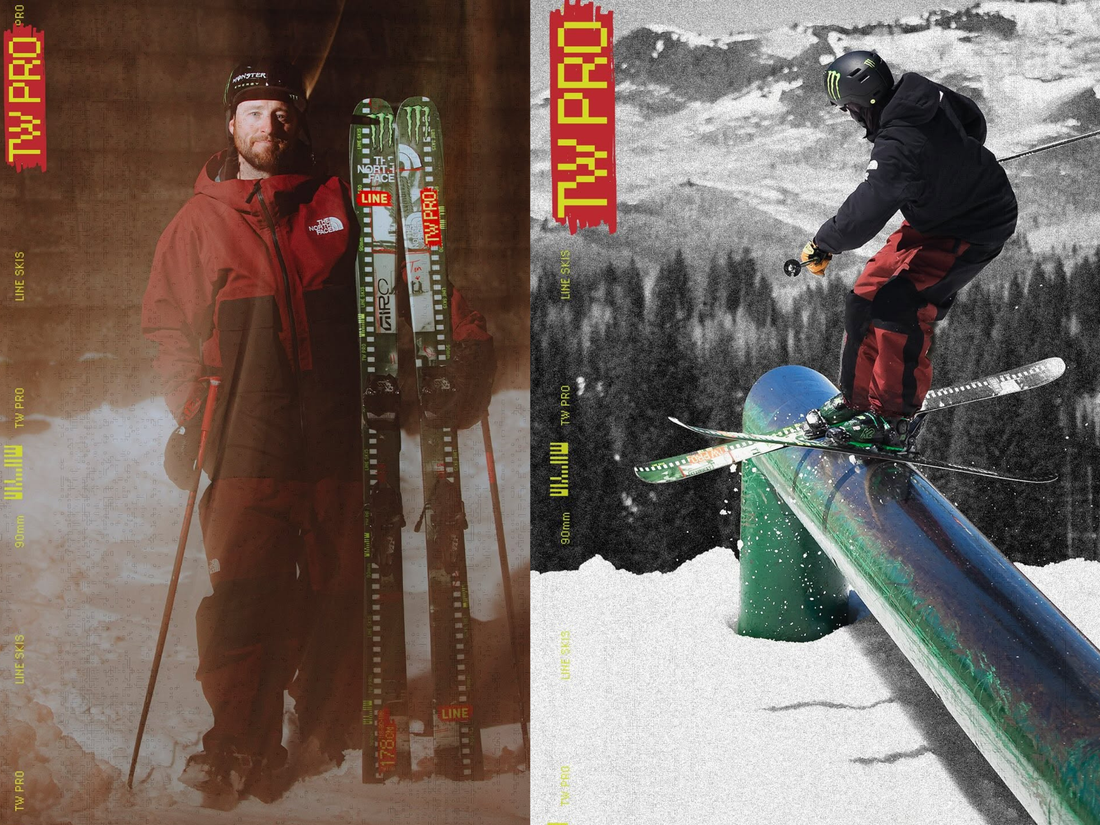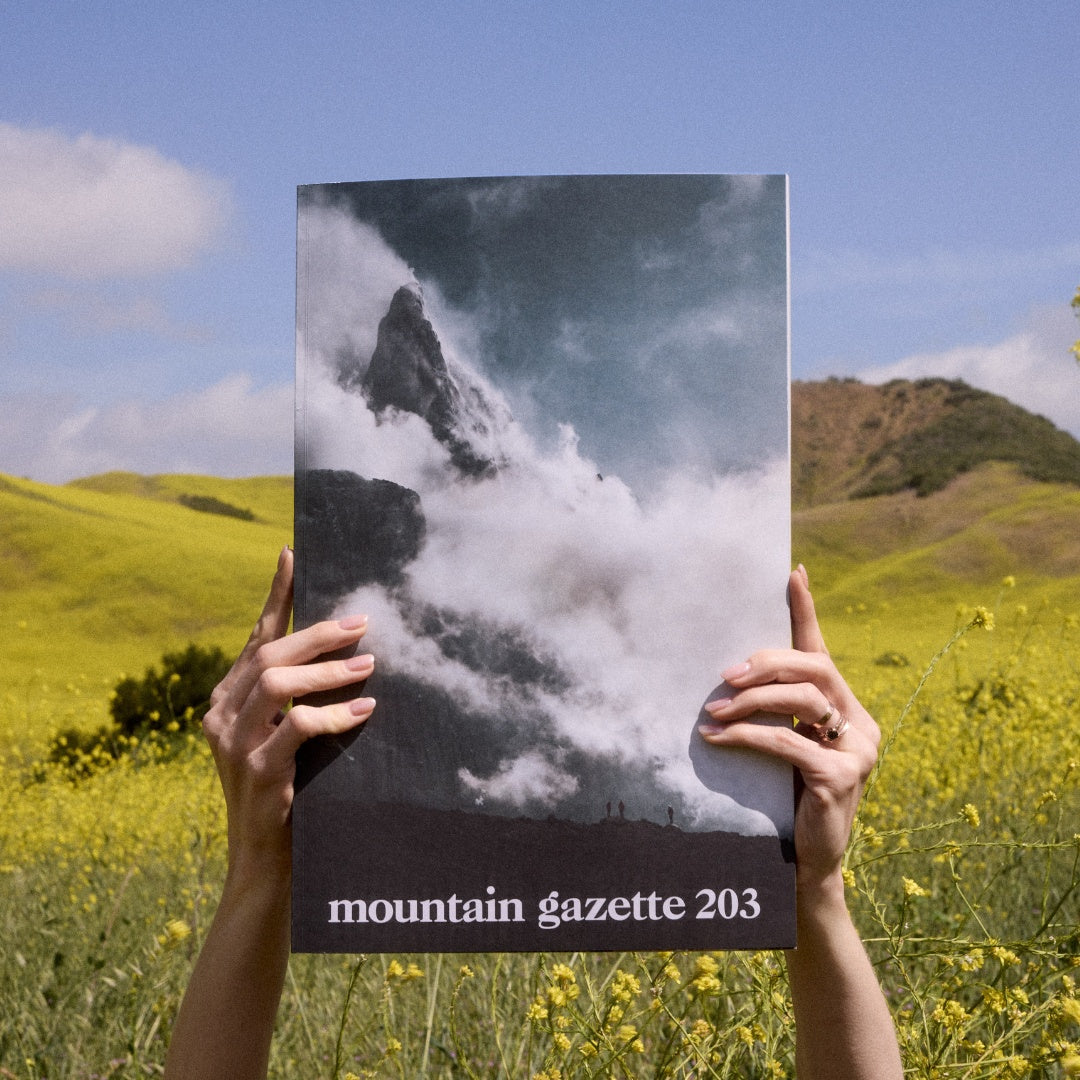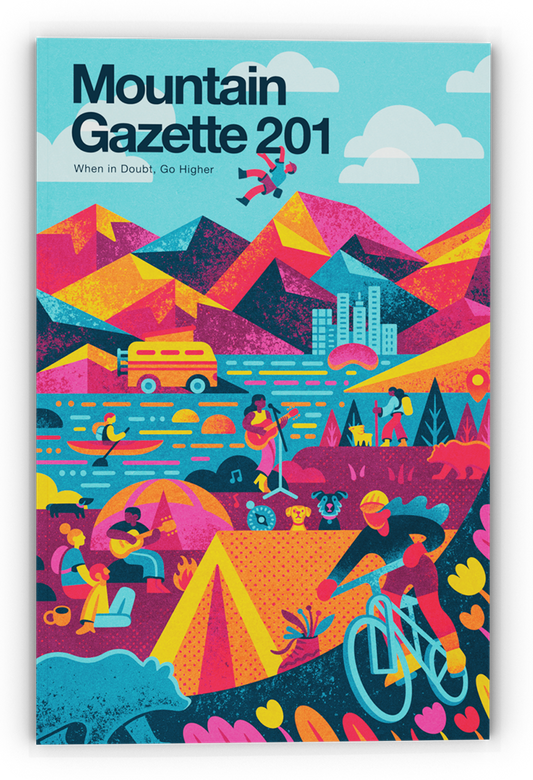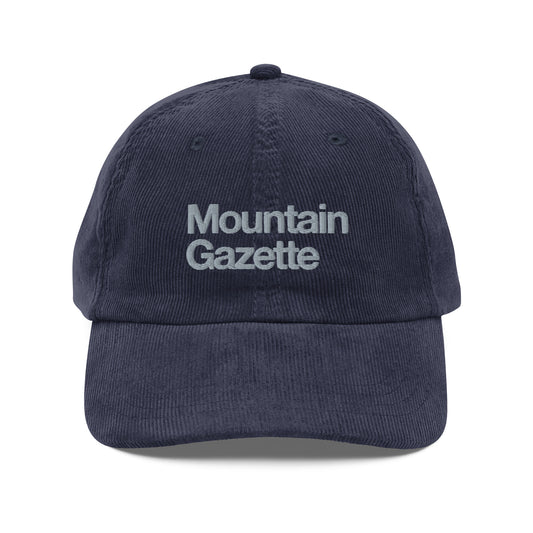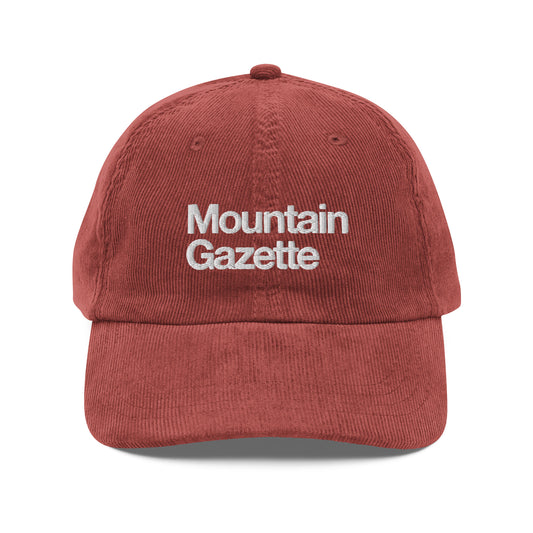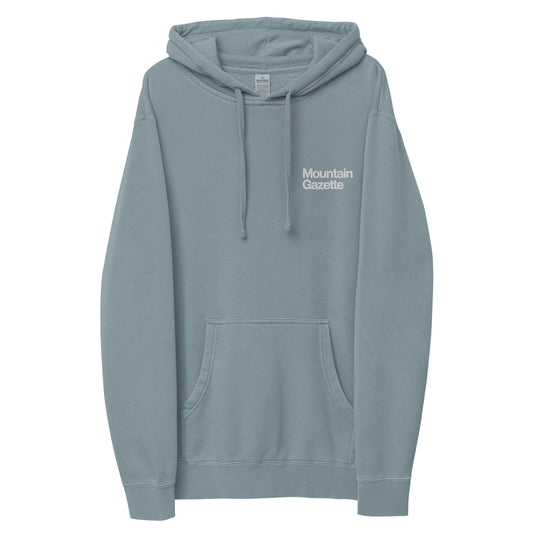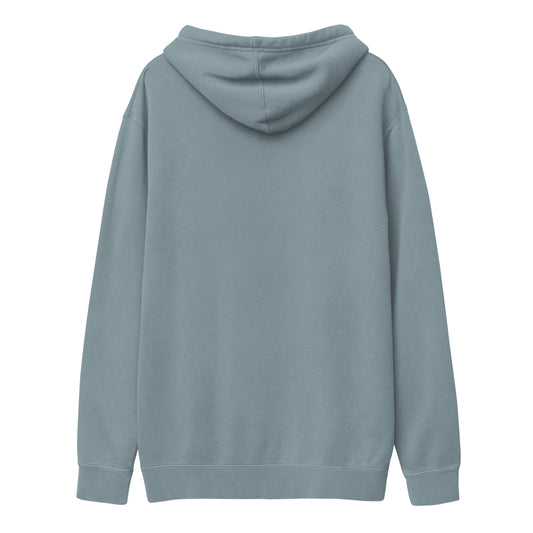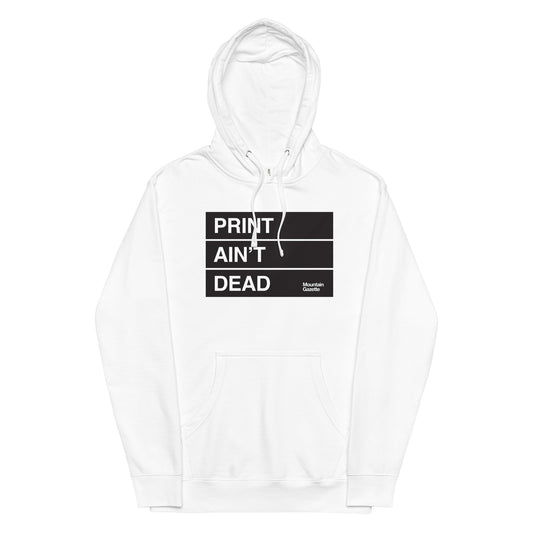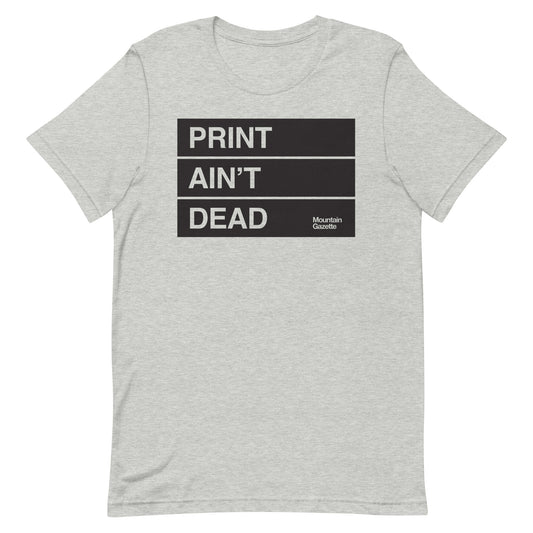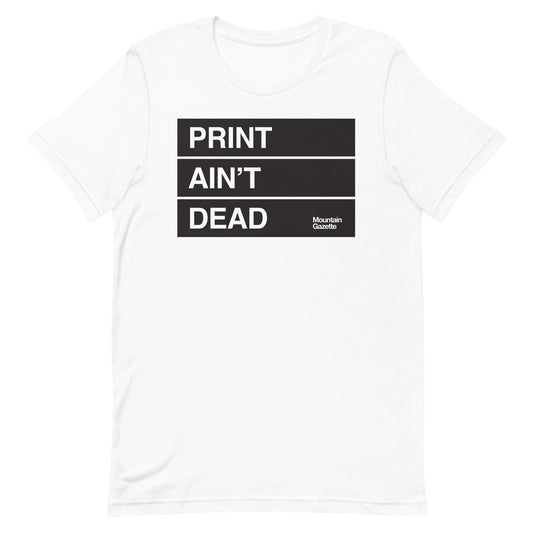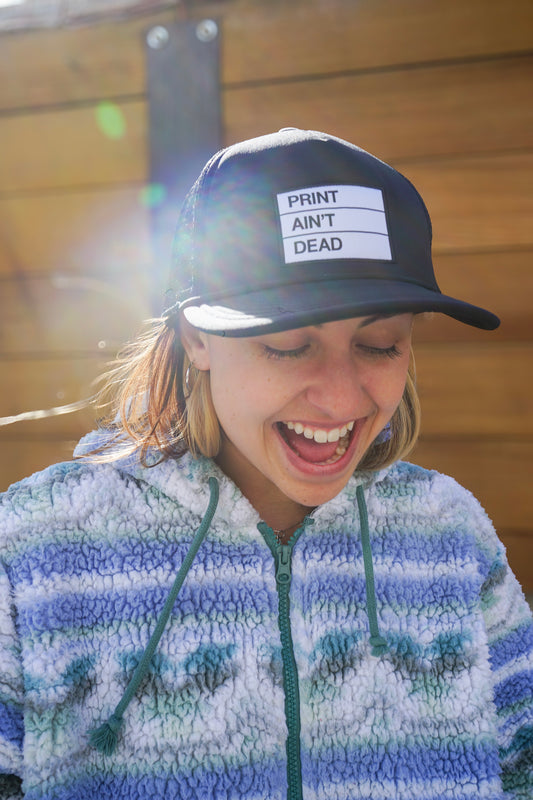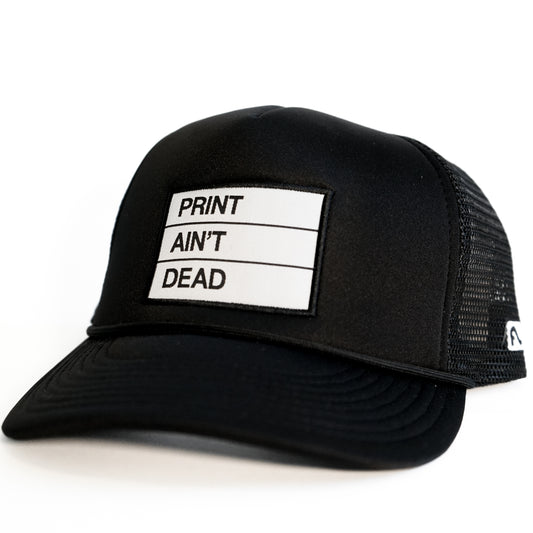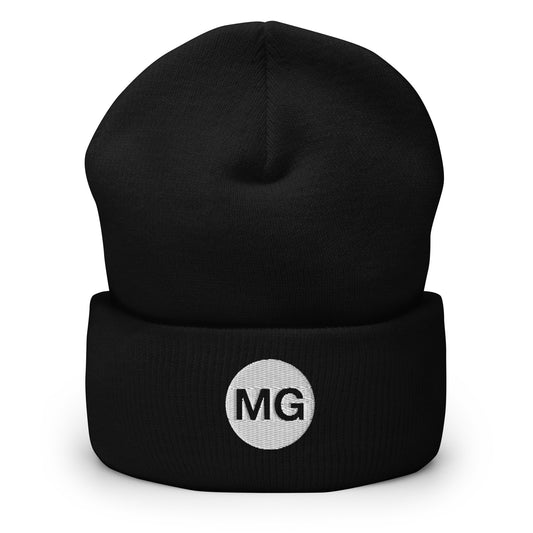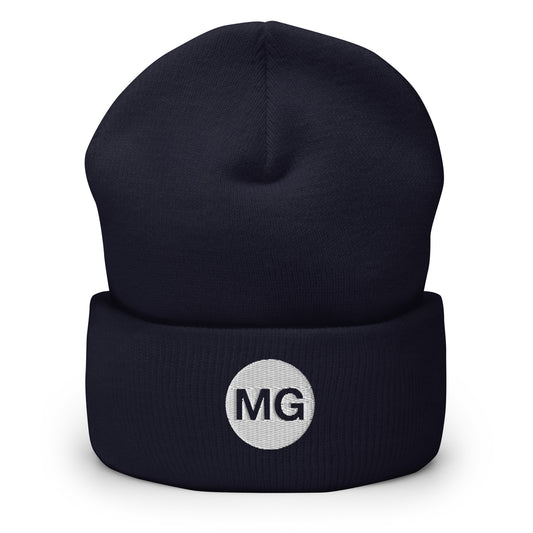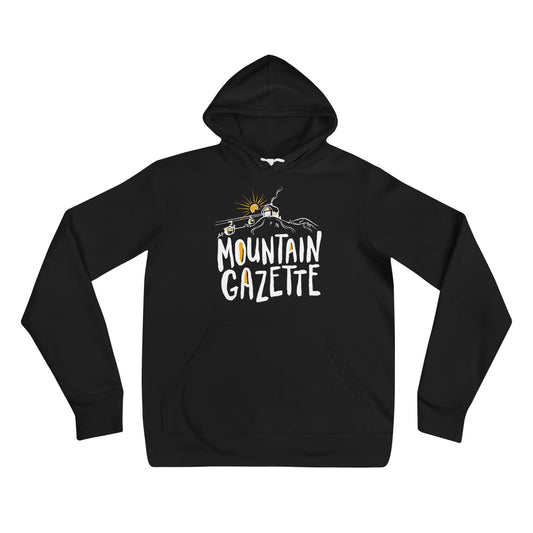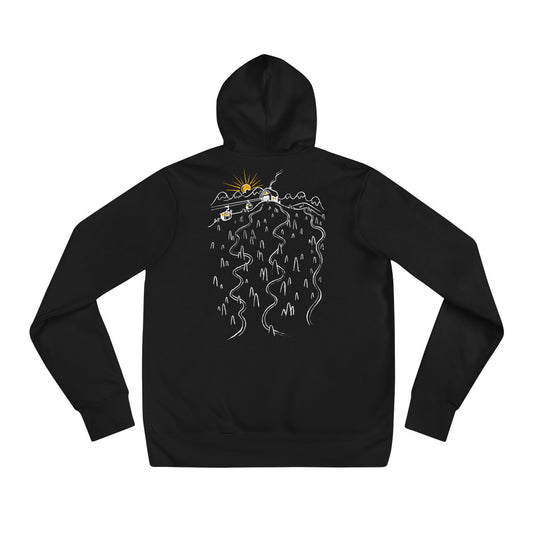Tom Wallisch talks the new LINE TW Pro, his love affair with concrete streets, and the urban skiing story he's putting to paper.
By Hannah Truby
From East Coast park edits to X Games glory, few skiers have shaped modern freestyle skiing quite like Tom Wallisch. But it’s the side of his career built on park, street, and backcountry jibbin’ that inspired the latest evolution of his signature gear: the LINE Tom Wallisch Pro Skis 2026.
After two years of prototyping, Wallisch says he and the team at LINE have made this new era of the Tom Wallisch Pro into "a truly bomber ski without losing what the ski has always been great for.”
I caught up with Tom to talk about his new skis, relive his recent adventures in New Zealand with the North Face Freeride team, and hear his take on the current pulse of urban skiing. He also offers a first look at his latest off-slope pursuit—writing—which will appear in an upcoming issue of Mountain Gazette.
HT: The TW Pro is described as having “the guts to hammer the streets into the early morning hours.” Any particular detail you obsessed over in the design?
TW: We spent two years prototyping, and it was a really fun process, just experimenting with setups to improve durability and make a truly bomber ski without losing what the ski has always been great for. That’s why this year I’m pushing it so hard, because in past years, I hadn’t had the chance to fully dive into the engineering.

The big thing for me was the central guts of the ski: the wood, the carbon fiber stringers, and the resins trying to find the combination that was the most durable while also being the lightest, and those two dials are really hard to play with. So the shape and dimensions are basically the same as before, but the internals, the “guts”, are completely new. And this one’s absolutely bomber, crazy durable. It lasts me a full season of filming street rails and sliding down concrete steps. I just give them a little base stone grind and a wax, and they’re ready to compete in the X Games. These skis are seriously tough now. I’m really proud of how far we pushed it.
HT: You’ve spent years filming urban freestyle skiing, building a legacy on steel and concrete. How did those experiences shape your vision for the new TW Pro?
TW: The graphics, the photos on the skis were all shot by AJ DeCoulis, my main film and photo guy for almost 20 years. The images come from all over—places like Bismarck, North Dakota; Sioux Falls; and Omaha—not ski destinations, just beautiful, snowy cityscapes. I really wanted to do something that paid tribute to the dark, cold winter city streets, and to film, because it’s played such a huge part in my life and career. I’m a pro skier because of those moments captured in time, whether VHS camcorders or iPhones, and it’s a little bit of an ode to that era of film, a negative film reel, and moments in time, and how important those are.


HT: You’ve been with LINE for years—how has your relationship with the brand evolved over time?
TW: When I first signed with LINE, it was a cool brand, and I knew with them I’d be able to build and design and test out new skis. But it’s been really cool to see how my relationship with them has changed. Me and the brand are so synonymous now. Like, I'm obviously a professional skier, but I also get to be on sales calls, or go meet up with reps in Colorado and play golf. It’s given me the ability to walk into a shop anywhere, say hey and make someone’s day, or do a ski day with kids abroad.
I’ve found that being so well-associated with the brand, you kind of take on more roles than just the guy that wears the product and tags it on Instagram. There’s a lot more to it, and it’s something I really love doing—it’s been really impactful for both of us.
HT: You just got back from a trip to New Zealand—what was that like? Anything new you’re working on from that trip you can share?
TW: I would describe it as the get going, the startup trip for a film project that myself and Jossi Wells are putting together. It’s going to be a full North Face Freeride team movie, so everyone on the team who focuses on backcountry and more freestyle stuff–Dennis Renalter, Nick McNutt, Ben Richards, Marcus Ader, and others. So this trip was about scoping zones, getting the heli-ops dialed. Next September we’ll go back to finish it off. Outside of some commentating work at the Olympics, this North Face project is going to be my big focus next year.

Credit: @twallisch
HT: How does being the lead producer on a project like this compare to your usual role as a pro skier?
TW: Jossi and I have done a lot together on different projects, but this time he’s directing and I’m the lead producer–handling budgeting, finances, hiring, and managing the crew. Outside of pro skiing, those are the roles where we really shine. It’s really cool to team up with someone I’ve known for so long in both the competitive and film worlds and collaborate on something like this.
HT: You’ve been working on a piece for an upcoming issue of Mountain Gazette. What can you share with readers about that story?
TW: Mike and I have been talking about this piece for years, and I’ve been writing and refining it. Some imagery we shot last year will coincide with it, but the piece is really a kind of ode to urban skiing and the elements of the sport I’ve been drawn to for so long. First it started out almost poetic, then turned into kind of like note-taking, reflecting on these last 25 years of skiing–but that became the premise of the piece. We’ll see what the piece becomes.
HT: What inspired you to write it, and why now?
TW: Being a solid 10 years older than many of the athletes I’m on trips with, I’ve just been thinking a lot about street skiing this year. It’s kind of funny that I’m still doing this stuff at 38 when I should just be helicopter skiing. Being on trips last year with an older crew like Kyle Decker, Josh Bishop, and others in their late 30s and early 40s, I started asking myself, why are we still doing this? Because there’s this real love affair I have with rails and city skiing, and because it’s an adventure, it’s obscure, and it’s completely one of a kind—the sounds, the sights, the creativity.
There’s this shared communication and bond around the little details: what kind of rail works, how to film it, where to go, how the snow behaves, how to get out of getting arrested by the cops [laughs]. All these nuances of filming this element of the sport are hardly ever discussed thoughtfully or written about. And I found myself jotting down ideas, asking: why is it interesting? Why drive five hours looking for a rail of a certain shape? It’s insane, yet there’s something about this love affair with concrete and city structures that’s endlessly fascinating to me.
HT: It sounds like this piece is going to give readers a completely new view of street skiing—I’m stoked to how these ideas translate to the page.
TW: I didn’t grow up, like, loving writing—although, sometimes, on European travel days, I’d cope with a hangover by writing absurd or morbid poems, anything to get my head out of it [laughs]. But putting pen to paper has always been how I learn. I feel like it makes it that much more real in your life or in your memory, even with skiing. Whether it's an event you want to win or a trick you want to do, I feel writing them down helps that happen.
HT: What's coming up for you next? You mentioned you will be commentating at the 2026 Olympics. What's the prep like for something like that?
TW: I’ve been commentating at the X Games for seven or eight years now. And yeah, X Games are huge, but the Olympics, it’s on another level. But the prep is really just about attending these precursor events, getting a feel for the athletes, and then showing up on NBC trying to sound as fancy as I can. The real prep comes on the ground: talking to athletes, calling their runs, knowing their tricks, understanding their mindset, who their coaches are, who’s around them. You can do research and find out where someone’s from or their mom’s name, but that’s not nearly as exciting as the anecdotes you get directly from the sport, at the bottom of a course months earlier.
HT: Looking at the state of freeskiing today, what progression excites you most? Where do you see park and street skiing going in the next few years?
TW: For me, I think the most exciting thing is seeing t he individuality, the variety the sport has taken and how people are finding their own lanes. It's really cool to see these little sub-sectors of the sport taking on lives of their own. Whether its the kids that film all winter in the streets and have never been in the backcountry, or the people that really dive into one element or another and then pushing that to the limit, be it Everest or hitting a rail that's never been slid before. All these sub-genres of the sport, I love seeing each of them.
And, seeing kids succeed through social media, Instagram, YouTube, breaking down competitions. Growing up in Pennsylvania, I didn’t have those outlets, so it’s cool to see more opportunities now, different ways to explore the sport, and brands supporting it, and I hope the rest of the community can be supportive and stay excited about all these different elements.

